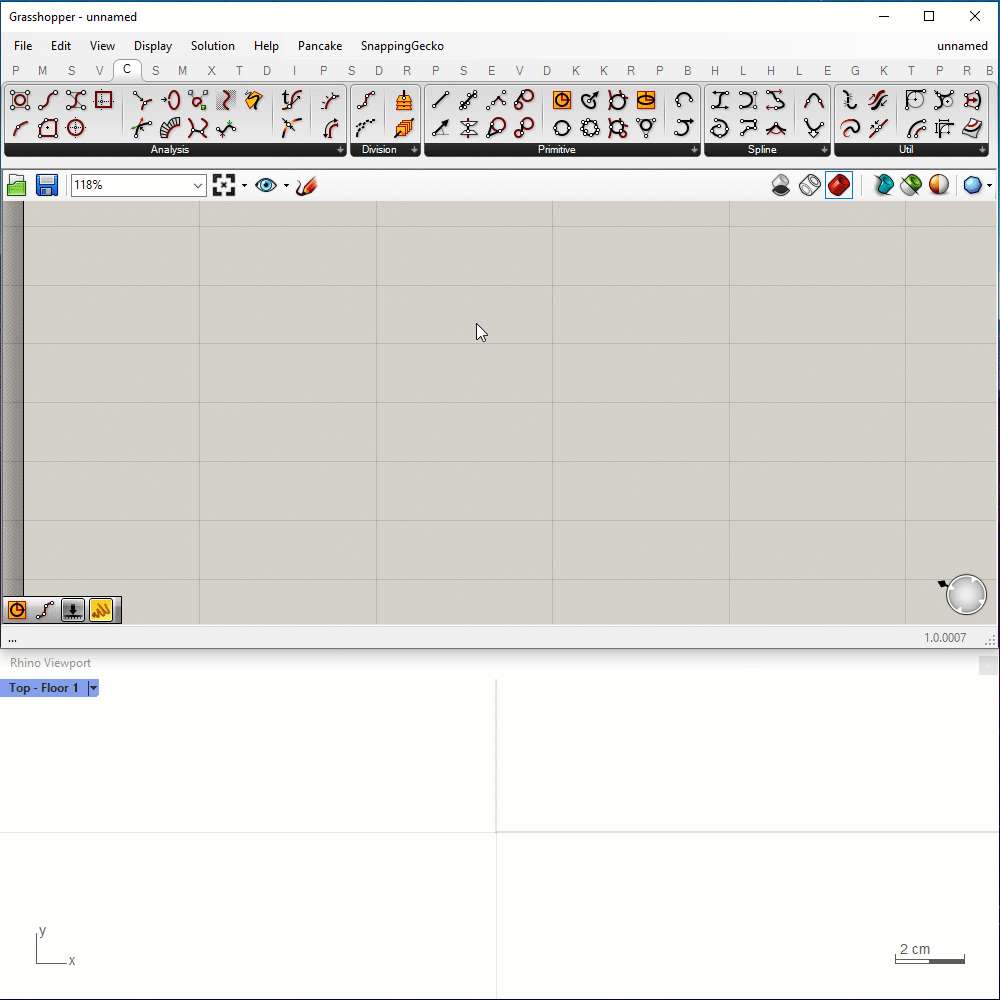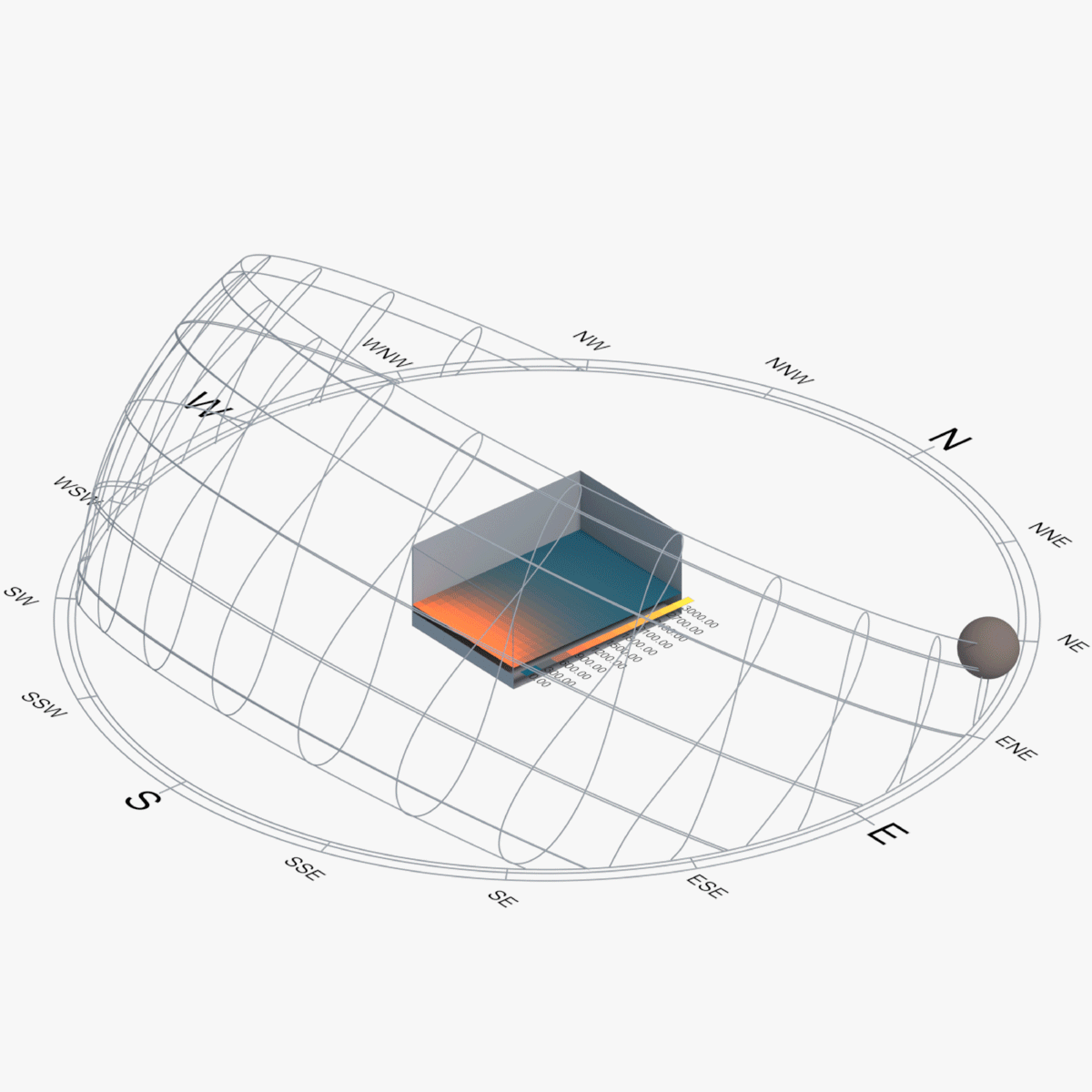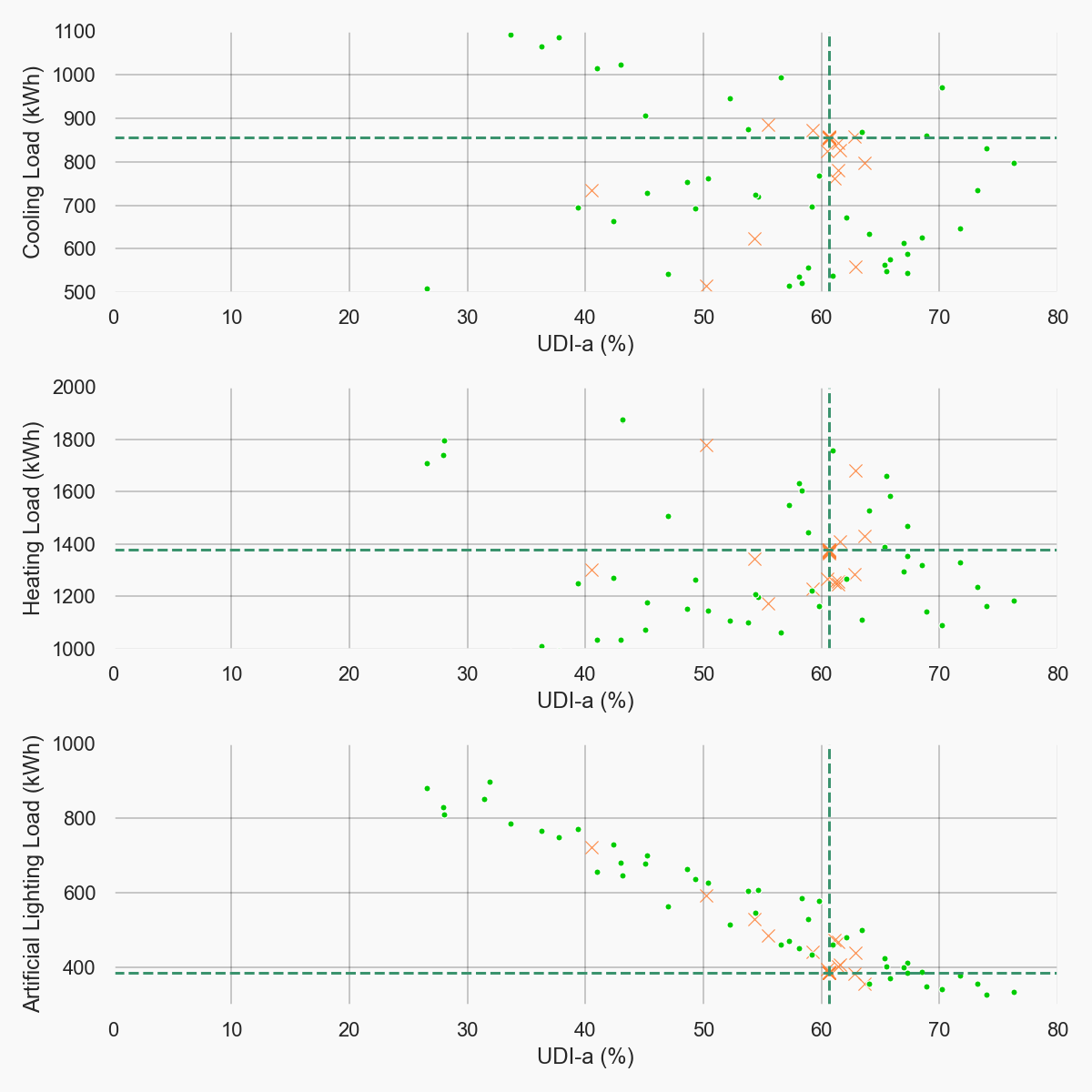computational design services
Computational design are in our DNA. For quick, cost-effective designing or fabricating, computational design is indispensable – and it can enhance the efficiency of even the simplest project.
Computational design is an advanced approach that utilizes digital tools and software to create, evaluate, and automate various tasks. It uses computer programming and analysis to explore multiple design solutions and optimize the performance of the final design. Rapidly adapting these approaches can help to enhance productivity and design outcomes.
With our diverse experience and expertise in computational design, we cater to the unique needs of each industry, driving innovation, efficiency, and success in projects of all scales and complexities.
SOLUTIONS FOR ALL INDUSTRIES:
Architectural firms, construction companies, and real estate developers can benefit from our advanced computational design services. We optimize building designs, analyze structural integrity, simulate energy performance, and create efficient and visually appealing spaces.
Our computational design solutions are ideal for engineering firms, civil infrastructure developers, and transportation companies. We assist in designing bridges, roads, tunnels, and other infrastructure projects, offering structural analysis, traffic flow optimization, and cost-effective designs.
Manufacturers and product design companies rely on our computational design expertise. We optimize product designs, improve manufacturing processes, and create prototypes through cutting-edge parametric modeling and simulation techniques.
Urban planning agencies and city development authorities can leverage our computational design capabilities. We analyze and optimize urban layouts, transportation systems, and sustainable development plans. Our expertise aids in understanding population density, traffic patterns, environmental impact, and resource management.
Companies involved in renewable energy projects, such as solar and wind farms, partner with us for computational design excellence. We optimize the placement of panels or turbines, analyze energy generation potential, and assess the environmental impact for sustainable energy solutions.
For interior design firms and retail companies, we offer computational design solutions that transform space planning and visual merchandising. We optimize store layouts to enhance customer experience, leading to increased sales and customer satisfaction.
In the healthcare and biotechnology sectors, our computational design services play a critical role. We create intricate models of complex biological structures, aid in drug discovery, design cutting-edge medical devices, and analyze patient data for improved healthcare outcomes.
Universities, research institutes, and educational institutions benefit from our expertise in computational design. We collaborate on academic and research projects, developing advanced modeling and simulation tools, conducting data analysis, and implementing algorithms for innovative research endeavors.
Contact the Team

Arvydas Kublickas
Business Developer / Computational Design / Software
How can computational design and our experts help?
Computational design (Create)

Analysis (Evaluate)

Optimization (Decide)
Machine learning – is a branch of artificial intelligence (AI) and computer science, which focuses on the use of data and algorithms to imitate the way that humans learn, gradually improving its accuracy.

We help business across all industries – from construction to automative industry.

Peter J. Denning
”Computational design refers to creating new computational tools and methods that are adopted by the members of a community to address their concerns.”

Jose Lopez
‘By the term ”computational design” we mean an ad hoc set of methods borrowed from computer science, computational geometry, and other fields adapted to specific design problems such as design development, fabrication, analysis, interaction, and communication.”

Dane Stokes
”Computational design is the use of computers and data to inform thoughtful design decisions.”
Frequently asked questions
Since individual tools are do not give any value, basic software usually does not help users with their individual problems. NJ Optimal is capable to create unique individual plug-ins that make you workflow more effective. Individual solutions give competitive advantage which leads to success.
It‘s a common problem for our customers. You receive all kinds of file formats from different software and hope that your software is compatible. There is more than hope here, with NJ Optimal you can make a bridge from one software to another without any problems. You can even automate the transition from 2D to 3D with just a one click.
Yes. We know the struggle. There is a number of options to choose from. But what if there is an extra one that can save you both time, material and price? With the generative design you can choose from all options and sort in a way that fits your needs. And we are talking not only about one-time optimization. Reuse it and save resources every time.
Manual work is time consuming, boring and also it gives space to make mistakes. Imagine that you eliminate it from your work flow. You can use that time efficiently now with algorithmic modeling. Automate tasks like dimension, plan views, sections, part arrangement, drafting. And don‘t be afraid to change anything in your project. The algorithm will adapt to new changes and give you new results in no time.
Just say what information do you have and what formats need to be done. And we will create an algorithm that can create it automatically. It does not really matter if you product information or geometry change. It will require only some adjustments to re-create it.
Knowledge comes in practice. But without basics,it may be tough. Feel free to talk to us and we will help you to reach your goals. NJ Optimal team shares their experience through consultations and training.
There are several options from our point of view. Grasshopper gives the most flexibility as it can be connected easily with other software like Tekla, Revit, Acca Software, Archicad, BricsCAD and etc. For mechanical modeling we recommend using Elise as it offers a unique yet innovative way to optimize structures.